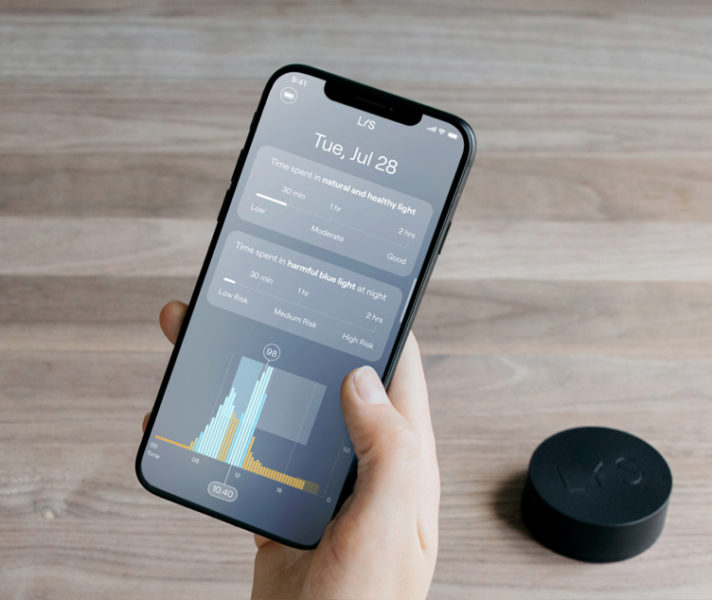
We are thrilled to announce a significant update to the LYS Button, representing a major advancement in our product line. As a company committed to continuous improvement, LYS has made enhancements to the accuracy of the LYS Button, introduced new values such as mEDI, and updated our tech specs to provide you with valuable resources for grant writing and data analysis, among other features.
At LYS, our primary goal is to facilitate discovery in various fields, ranging from sleep and circadian neuroscience to early childhood development and dementia care, by offering an easy to use light measuring tool. Since its initial launch in 2017, the LYS Button has been embraced by researchers and practitioners worldwide, including renowned institutions like Harvard Medical School, University of Oxford’s Nuffield Department of Clinical Neurosciences, and the WELL living lab. We are dedicated to ensuring that our products consistently meet the needs of all our clients.

As part of our commitment to innovation, we have revisited the LYS Button to explore new methods in signal processing and artificial intelligence that can enhance the resolution and data output of the sensor. Despite the intuitive nature of light measurement, the limitations of electronic component manufacturing impose constraints on the amount of information that can be extracted from the compact integrated circuits used in our wearable sensors. To address this challenge, we have implemented software changes that process the raw output from the Button.
Our approach is based on Discrepancy Modeling, a methodology that seeks to identify systematic patterns within observed discrepancies in order to improve the accuracy of mathematical models. In the context of the LYS Button, we aimed to account for the variation in illuminance measurements by introducing a discrepancy model alongside our existing model. This allows us to incorporate a new discrepancy term that absorbs a portion of the error, resulting in enhanced measurement accuracy.
While this approach may seem straightforward, finding the discrepancy term presents a significant challenge. Unlike the standard function provided by sensor manufacturers, the discrepancy term involves complex non-linear relationships between inputs and desired outputs. To address this, we have leveraged deep neural networks, a powerful tool in the field of discrepancy modeling. Moreover, we have gone a step further by employing Symbolic Regression, which converts our learned neural network model into an interpretable equation that can be easily coded using conventional scientific computing software.
By continuously collecting data with LYS Buttons, we can further improve the accuracy and reliability of our product. Regular updates to the discrepancy model ensure that we consistently deliver the highest quality and most innovative solutions to our customers.
We sincerely hope that you will enjoy our latest update. If you have any questions or require further assistance, please do not hesitate to contact us. All relevant technical documentation can be found in our Technical Specifications – download them here. If you want to try out the LYS Button, please find our research sample package here.
Thank you for your continued support.
About the LYS Button
Since 2017, the LYS Button has been a reliable and compact tool for researchers and practitioners alike. As our first product, the Button remains near and dear to our hearts at LYS. It reminds us of the importance of sharing awareness of the light environment to educate about the need for healthier light indoors and daily exposure to natural light outdoors.